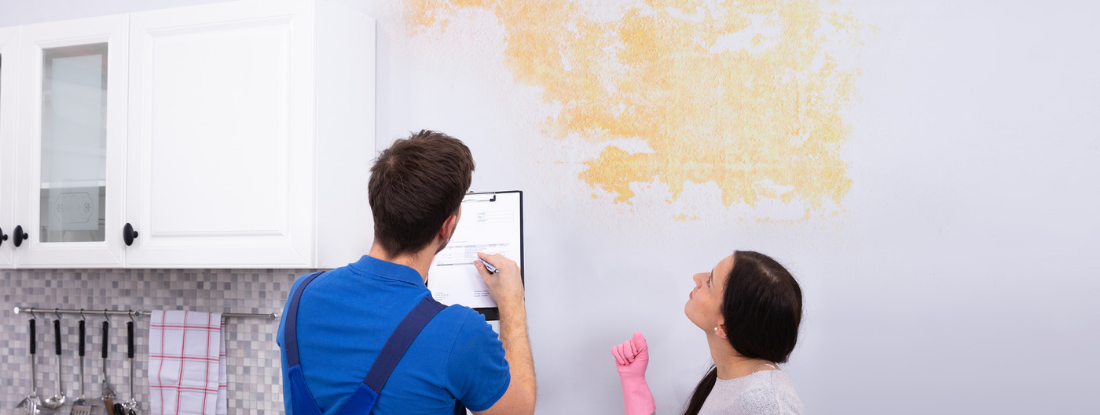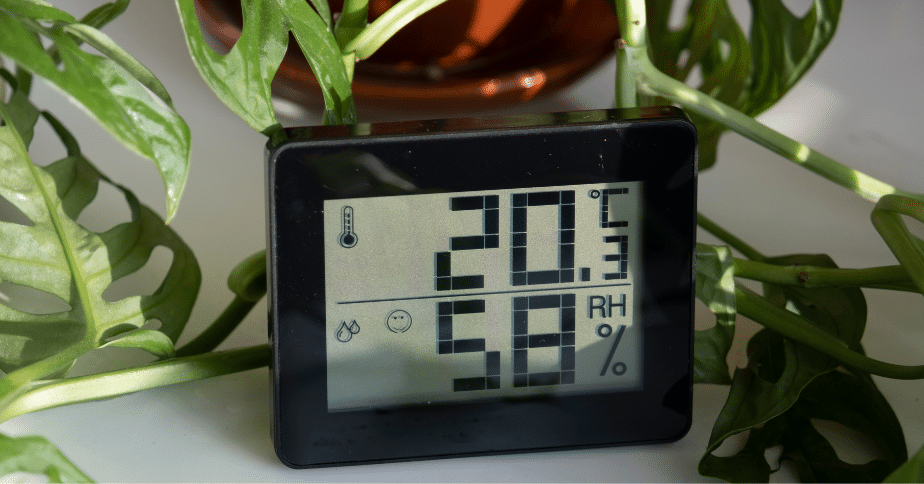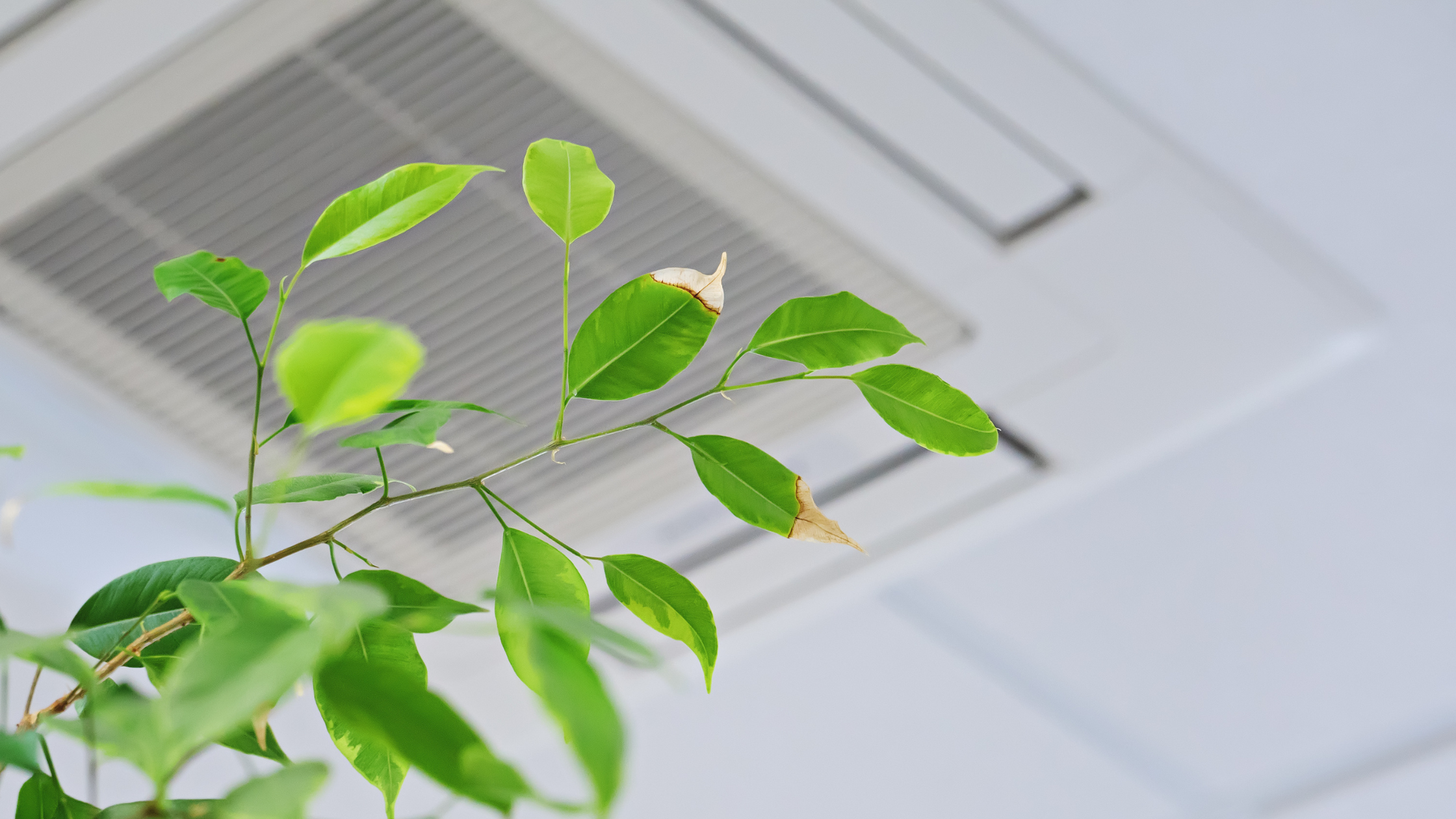Mold Testing & Inspection in Orlando, FL

Mold. It’s an ugly word, isn’t it? The mere mention of mold can paint a disastrous picture in our minds. Allergy flare-ups. Coughing fits. Cleaning nightmares.
And that’s just for starters.
Here’s the really scary thing about mold, though: oftentimes it’s hiding right under our noses and we don’t do anything about it until it’s too late. Fortunately, you can take steps to detect a potential mold infestation in your Orlando home and deal with it quickly and quietly. That is, if you know where to look. By understanding the where and why of a potential mold mishap within your home, you can save yourself money and a potential headache at the same time.
When it rains in florida, it molds
While Florida may be known for its sunny skies, long-time residents understand that with sunshine also comes muggy, balmy conditions and frequent showers. No big deal, right? Unfortunately, such conditions represent a breeding ground for mold growth. That’s because damp conditions sew the microscopic seeds for a mold infestation. When it rains, mold spores in the air tend to increase and spread: this effect can be doubled by humid conditions. If you’ve ever had a sneezing fit or cold-like symptoms in the wake of a rain shower, chances are that mold was to blame.
Remember: it’s not the rain itself that’s causing the mold, but the growth and spread afterward thanks to the temperature outside.
Could mold be hiding on your windows?
When we think of mold infestations, we might picture spores hiding in air ducts or perhaps those slimy pink films that show up in the shower. But what about your windows, which are prone to harboring mold and can easily, go undetected? Even if you regularly apply household solutions to your windows on a regular basis, they could still be hiding a more serious infestation. Consider also the following places where mold may be lingering such as…
- Between the actual window and the window sill, which naturally retains mold and moisture (especially in the case of wooden sills)
- On the actual windows themselves, as well as within their tracks (both interior and exterior)
- Tucked within the joints of the frames of the windows
Thankfully, each of the aforementioned mold hot spots can be detected and dealt with rather swiftly. But how?
Mold remediation: how it's done
While we do not provide remediation services, we can lead you to some great companies that can help you out after our thorough testing process. (It is illegal in the state of Florida for the same company to test and treat a mold problem) Not all mold is created equal: likewise, not all infestations are treated in the exact same manner.
That being said, the process of mold remediation is rather straightforward.
In short, we assess the specific areas of your home to isolate the infestation and determine the cause of contamination. Once the cause is detected, we can recommend removal. The affected area will be cleaned, sterilized and reassessed. Following the cleaning process, we retest the area to make sure it is free of contaminants and allowed time to properly dry. In extreme cases, some materials in the affected area may need to be removed altogether.
Mold shouldn’t be taken lightly. Likewise, infestations should be treated sooner rather than later to not only protect your home, but also the health and well-being of yourself and your family.
Whether you think your home is prone to an infestation or you simply want more information on the process, feel free to contact us. Our experts have seen just about everything when it comes to mold and we’d be happy to help you out.



